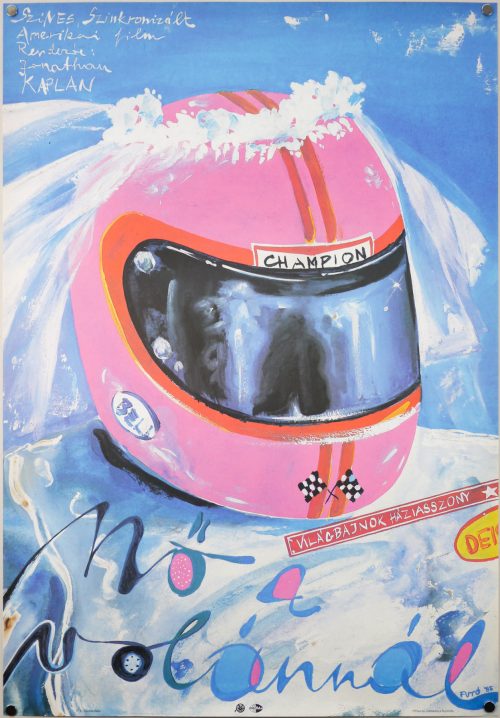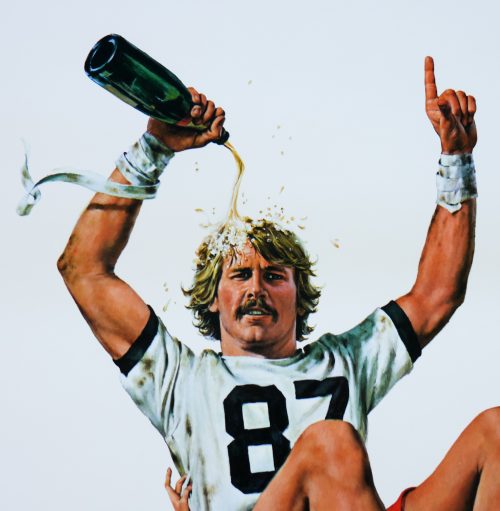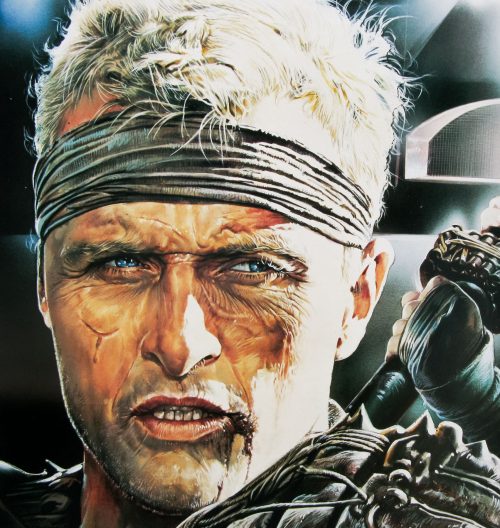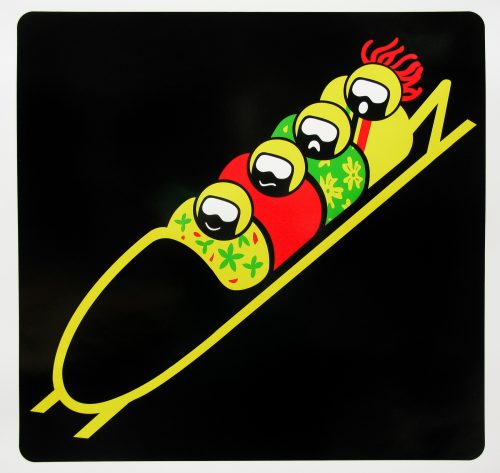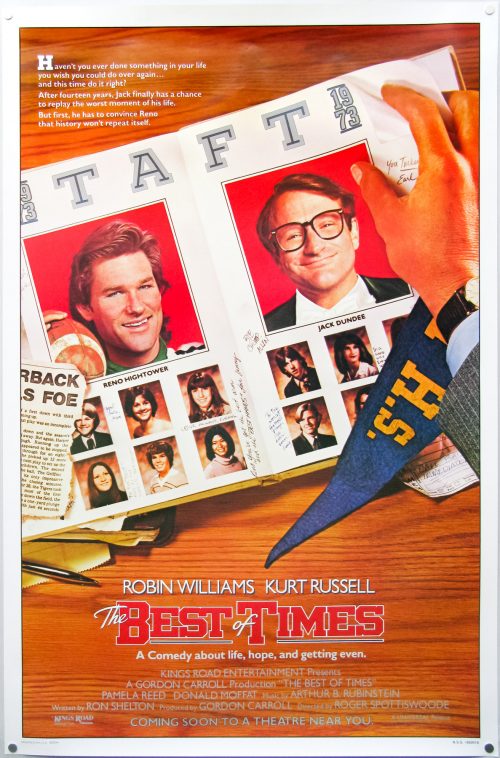- Title
- This Sporting Life
- AKA
- Io sono un campione [I am a champion] (Italy)
- Year of Film
- 1963
- Director
- Lindsay Anderson
- Starring
- Richard Harris, Rachel Roberts, Alan Badel, William Hartnell, Colin Blakely, Vanda Godsell, Anne Cunningham, Jack Watson, Arthur Lowe, Harry Markham, George Sewell, Leonard Rossiter
- Origin of Film
- UK
- Genre(s) of Film
- Richard Harris, Rachel Roberts, Alan Badel, William Hartnell, Colin Blakely, Vanda Godsell, Anne Cunningham, Jack Watson, Arthur Lowe, Harry Markham, George Sewell, Leonard Rossiter,
- Type of Poster
- One sheet
- Style of Poster
- --
- Origin of Poster
- UK
- Year of Poster
- 1963
- Designer
- Unknown
- Artist
- Renato Fratini
- Size (inches)
- 27" x 39 15/16"
- SS or DS
- SS
- NSS #
- --
- Tagline
- --
This Sporting Life was the first full-length film by the late British director Lindsay Anderson (best known for ‘If….‘ and ‘O Lucky Man!‘) and starred Richard Harris in what is now acknowledged as his breakout role. The story follows the exploits of Frank Machin (Harris) a tough, young miner in a Northern England town who finds success as a Rugby League player and must deal with his violent tendencies as he copes with his new found fame. The film also featured Rachel Roberts in a memorable turn as the widower landlady of Machin with whom he has been having a strained relationship.
This UK one sheet features artwork by Renato Fratini, an Italian painter who came over to England to work in film publicity at the end of the 1950s and is regularly cited by many of his contemporaries as one of the greatest artists ever to have worked in the business. Fratini was born in Rome in 1932 and went on to study at the city’s Academy of Fine Art before landing a job at Studio Favalli, which was part of the legendary Cinecittà studios and handled film publicity for many Italian productions. Eric Pulford, who was head of Downton Advertising in London, began to enlist the help of the Italian artists in the mid-1950s once it became clear how much talent studio head Augusto Favalli had enlisted, and, perhaps crucially, how relatively cheap the work was.
Fratini was brought over to London by Pulford and put on a retainer for Downtons in 1958. He quickly impressed with his technical ability and skilful draughtsmanship, which was often marvelled upon by other artists working at the time. Ace British designer Vic Fair recalls the speed with which Fratini was able to work – ‘He was incredible. He was like a machine – he could just bash things out overnight’. Fratini very much enjoyed his life in London and was infamous for his love of a good party, quickly gaining a reputation as a man who enjoyed the finer things in life. Despite this he was still able to turn out stunning pieces of artwork with relatively little notice.
Perhaps Fratini’s most famous work is the quad he painted for From Russia With Love (in 1963 – the same year as this poster), which is probably the best of all the James Bond quads. Later he would work on a number of posters for the Carry On series of films, known for their colourful and brilliantly stylised designs, as well as some incredibly detailed artwork on posters such as the quad for Waterloo (1970), for which he was paid a then record fee of £2000. In 1969 Fratini had a broken marriage behind him and was losing money through tax bills, so he made the decision to leave London and head for Mexico from where he continued to paint for advertising firms in America and the odd assignment for Downtons. Sadly, in 1973 Fratini collapsed whilst at a beach party and died from massive heart attack, his years of excess finally catching up with him.
He was only 40 years old at the time and, as Sim Branaghan (author of the brilliant ‘British Film Posters‘ book) described in my interview with him, his tragic end perfectly embodies the stereotypical profile of a ‘doomed bohemian genius’. Sim’s book contains a lot more information on Fratini and is an absolute must-buy if you have even a passing interest in the artists behind these great posters.
It’s worth noting that this is one of the few pieces of artwork that prominently features Fratini’s signature.
The trailer for the film is on YouTube.












